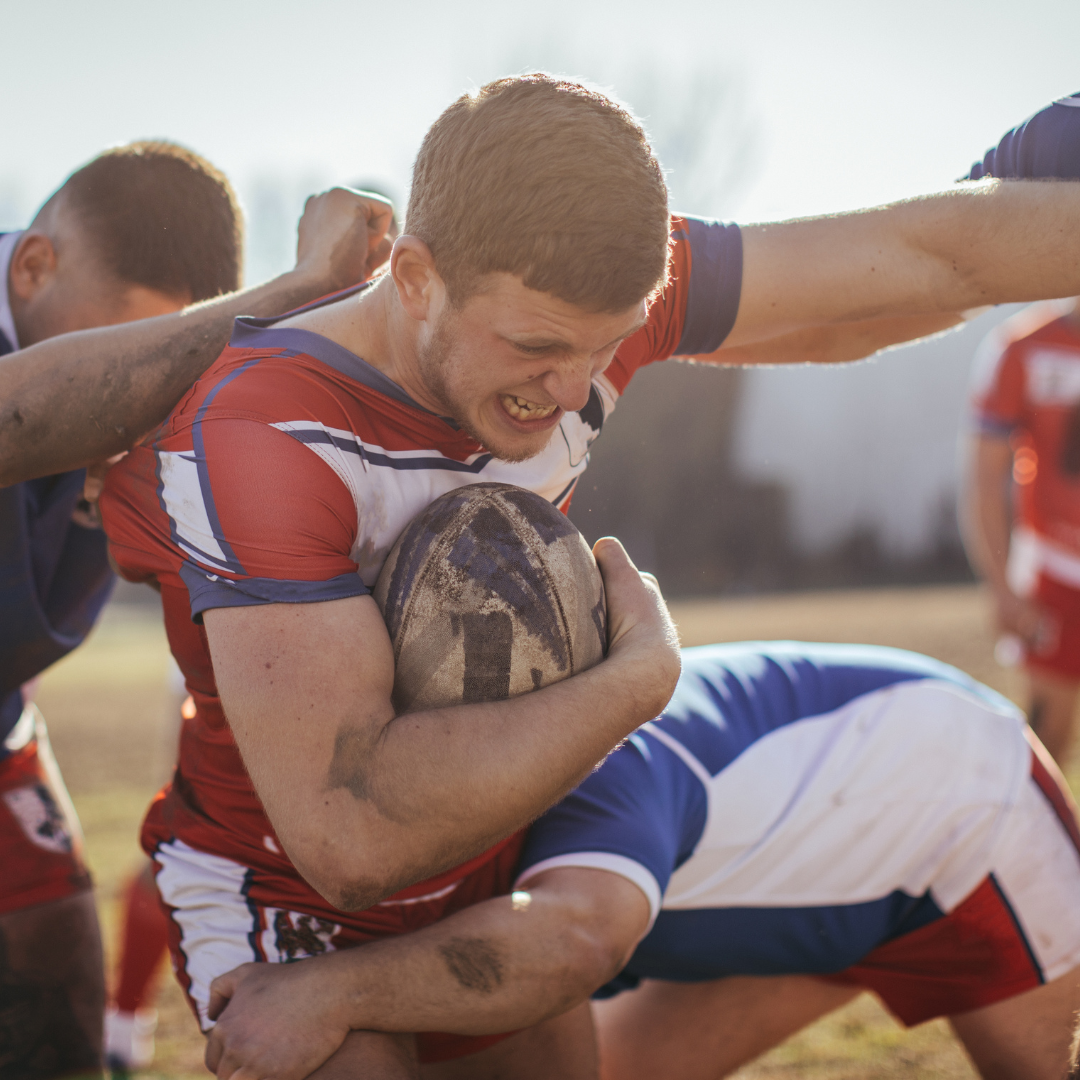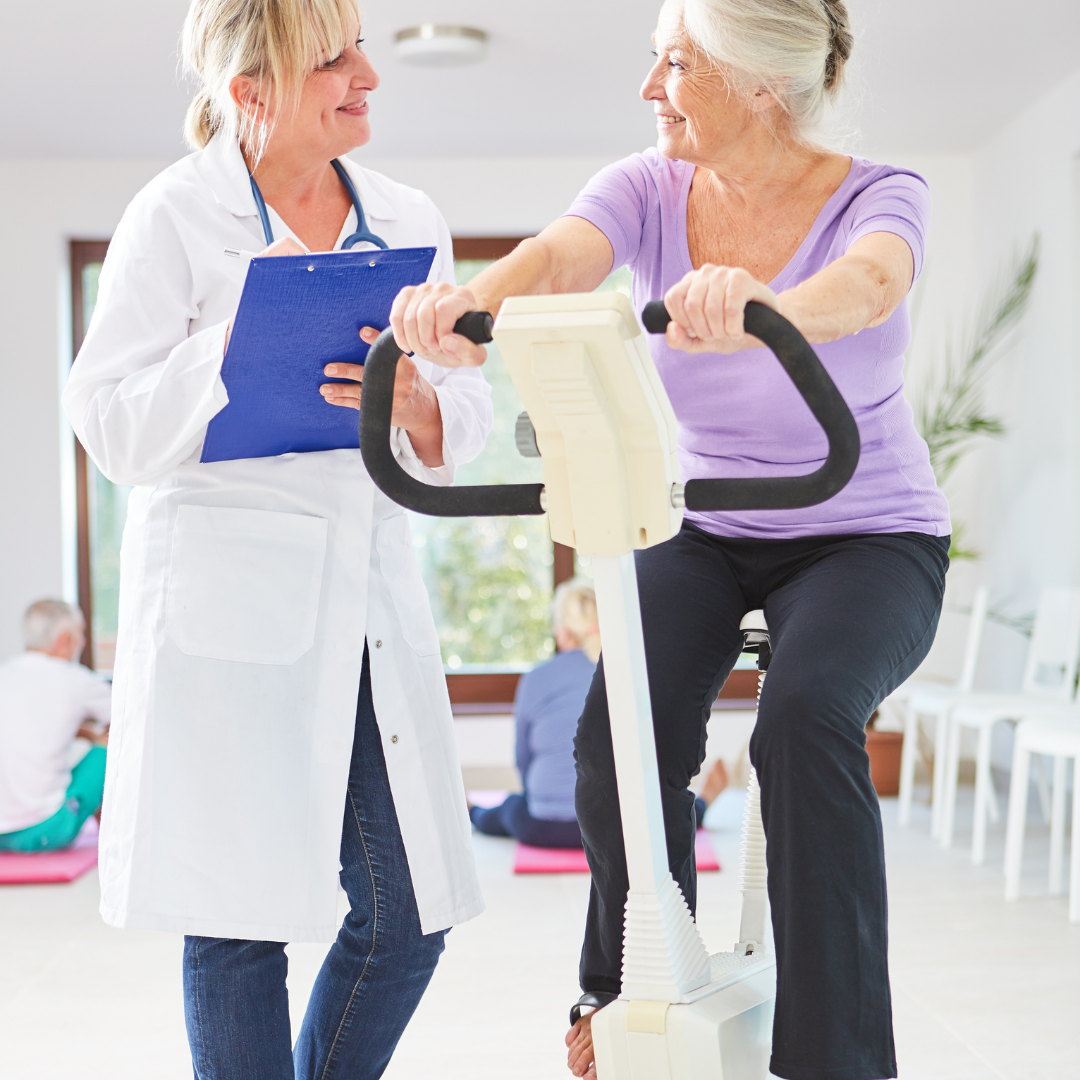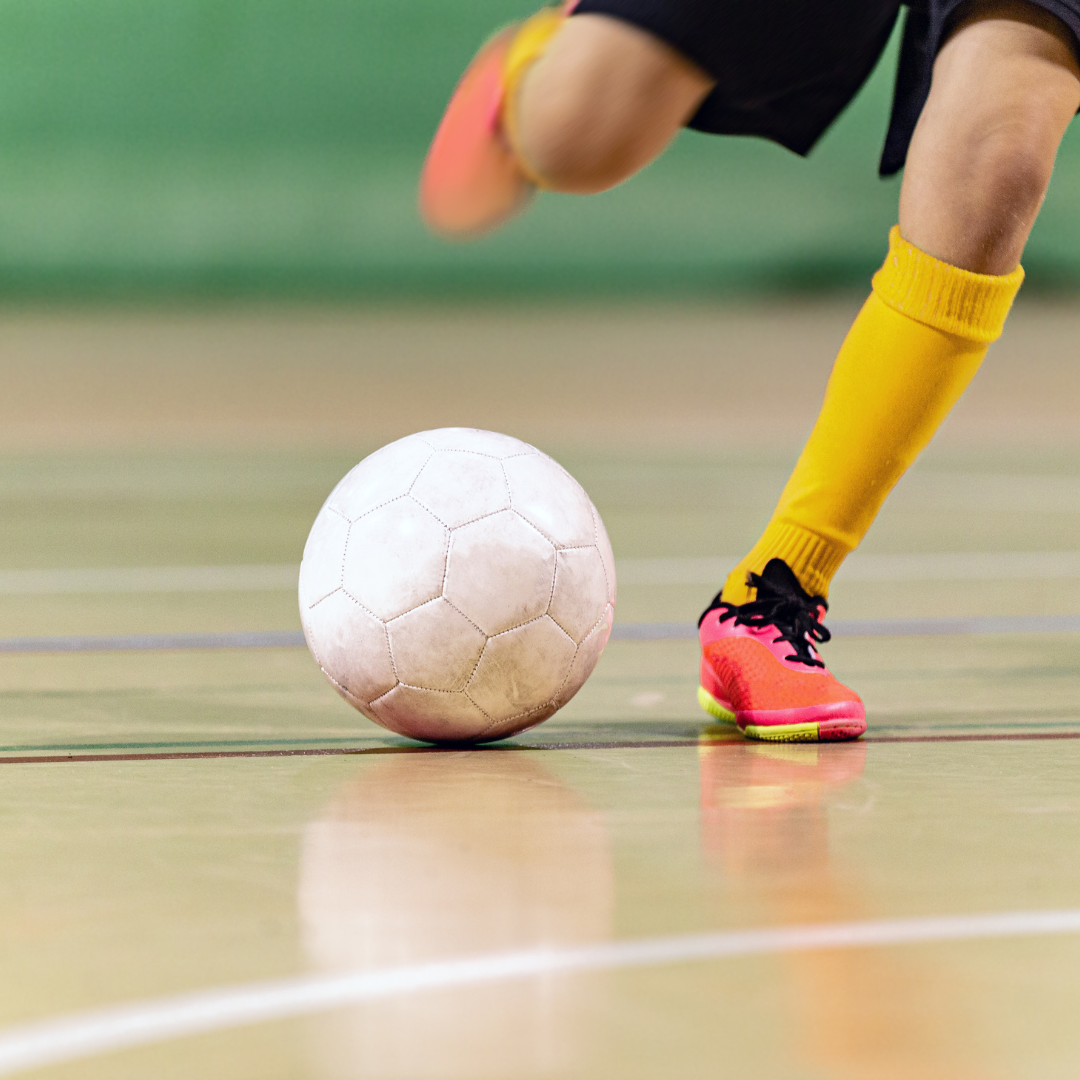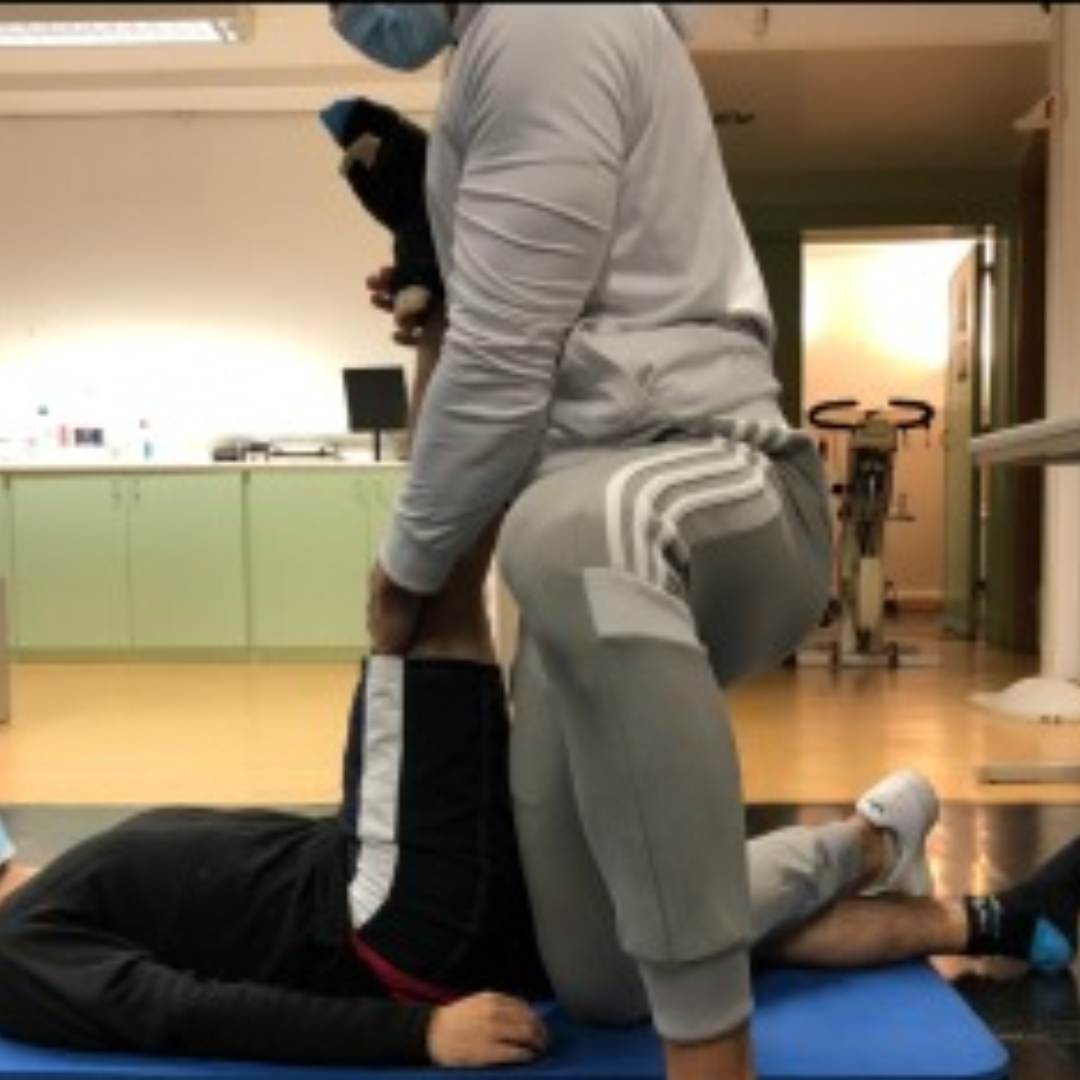Weekly Newsletter
Curated articles every weekApplied Sports Science Weekly Digest #340


Frontiers in Sports and Active Living | February 2024
Towards in-field assessment of humeral and scapular kinematics: a comparison between laboratory and field settings using inertial sensors
“Data indicate that humeral elevation, humeral axial rotation, and scapular upward rotation can be measured in externally valid field settings, which is promising for the evaluation of upper limb movement in natural environments.“

Frontiers in Sports and Active Living | February 2024
Development and initial validation of the perceived instrumental effects of violence in sport scale
“These findings provide preliminary evidence for the appropriateness of the PIEVS Scale to measure perceived instrumental effects of violence in coaches.“

Frontiers in Sports and Active Living | February 2024
The influence of cardiorespiratory fitness level on the relationship between work rates at the aerobic threshold (AerT) and the point of maximal fat oxidation (Fatmax) in untrained adults
“In this study, we investigated the impact of cardiorespiratory fitness (CRF), quantified as peak oxygen consumption (VO2peak), on the relationship between work rates (WR) at the aerobic threshold (AerT) and the point of maximal fat oxidation rate (Fatmax).“

Frontiers in Sports and Active Living | February 2024
Exploring countermovement jump variables across competitive levels and playing positions in futsal
“Ecc capabilities (i.e., deeper COM displacement, greater Ecc absolute and relative peak power, and peak velocity) during vertical jump seem to differentiate PRO and SEMI-PRO players.“

Journal of Science and Medicine in Sport | February 2024
Hamstrings passive and active shear modulus: implications of conventional static stretching and warm-up
“The findings from the present study suggest that LSGs and SSGs can be used to overload the average values of the selected external load variables compared with those during the matches.”
Newsletter History
Applied Sports Science Digest #284
What's The Latest With Applied Sports Science? Agreement and equivalence of estimated physical activity behaviours, using ENMO- and counts-based processing methods, for wrist-worn accelerometers in adolescentsAbsolute agreement between methods was poor-to-moderate for...
Applied Sports Science Weekly Digest #283
What's The Latest With Applied Sports Science? Interaction of Factors Determining Critical Power Critical power represents the threshold intensity above which steady-state metabolism is no longer attainable, and within the last ~ 15 years, experimental data have...
Applied Sports Science Weekly Digest #282
What's The Latest With Applied Sports Science? Patellofemoral pain over time: Protocol for a prospective, longitudinal study investigating physical and non-physical featuresPhysical and non-physical features have been previously associated with PFP. However, the...
Research Articles
Suggested articles for further readingBODY COMPOSITION
Jackson, A and Pollock, M. Generalized equations for predicting body density of men. British Journal of Nutrition. 1978;40:497-504. Abstract
Siri, W. Body composition from fluid space and density. Brozek & A. Hanschel (Eds.), Techniques for measuring body composition. 1961;223-244. Abstract
Brozek, J, Grande, F, Anderson, J, and Keys, A. Densitometric analysis of body composition: Revision of some quantitative assumptions. Annals of the New York Academy of Sciences. 1963;110:113-140. Abstract
INJURY PREVENTION IN YOUTH ATHLETES
Chu, D., A. Faigenbaum, and J. Falkel. Progressive Polymetrics for Kids. Monterey, CA: Healthy Learning. 2006
Hewett, T. G. Myer, and K. Ford. Reducing knee and anterior cruciate ligament injuries among female athletes. J Knee Surg 18:82-88. 2005.
Micheli, L. Preventing injuries in sports: What the team physician needs to know. In: F.I.M.S. Team Physician Manual, 2nd ed., K. Chan, L. Micheli, A. Smith, C. Rolf, N. Bachl, W. Frontera, and T. Alenabi, eds. Hong Kong: CD Concept. 2006. pp. 555-572.
RPE (RATING OF PERCEIVED EXERTION)
Pandolf, K, Billings, D, Drolet, L, Pimental, N, and Sawka, M. Differentiated ratings of perceived exertion and various physiological responses during prolonged upper and lower body exercise. European Journal of Applied Physiology and Occupational Physiology. 1984;53:5-11. Abstract
Baden, D, McLean, T, Tucker, R, Noakes, T, and St Clair Gibson, A. Effect of anticipation during unknown or unexpected exercise duration on rating of perceived exertion, affect, and physiological function. J Sports Med. 2005;39:742-746. Abstract
SLEEP
For a more thorough list about sleep, check out Fatigue Science’s extensive research page.
Russel, C., PhD, J.A., PhD, Arand, D., PhD, Myers, L.J., PhD, Wubbels, P., BS, and Downs, H., PhD. Validation of the Fatigue Science Readiband™ Actigraph and Associated Sleep/Wake Classification Algorithms. Archinoetics, LLC.
Globe and Mail. The Globe and Mail, 31 Dec. 2014. Web. 13 Apr. 2015. Article
Mah CD; Mah KE; Kezirian EJ; Dement WC. The effects of sleep extension on the athletic performance of collegiate basketball players. SLEEP 2011;34(7):943-950.
GPS (GLOBAL POSITIONING SYSTEM)
Varley M, Fairweather I and Aughey R. Validity and reliability of GPS for measuring instantaneous velocity during acceleration, deceleration and constant motion. Journal of Sports Sciences. 2012;30(2):121-127. Abstract
Boyd L, Ball K and Aughey R. Quantifying external load in Australian football matches and training using accelerometers. I J Sports Phys and Perf. 2013;8(1):44-51. Abstract
Gabbett T. Quantifying the physical demands of collision sports; does microsensor technology measure what it claims to measure? J Strength and Conditioning Research. 2013;27(8):2319-2322. Abstract
HYDRATION
For a thorough list of publications about hydration, visit the Gatorade Sports Science Institute Publications page.
Osterberg, K, Horswill, C, and Baker, L. Pregame urine specific gravity and fluid intake by National Basketball Association players during competition. Journal of Athletic Training – J ATHL TRAINING. 2009 01-02;44(1):53-7. Abstract
Godek, S, Peduzzi, C, Burkholder, R, Condon, S, Dorshimer, G, and Bartolozzi, A. Sweat rates, sweat sodium concentrations, and sodium losses in 3 groups of professional football players. Journal of Athletic Training. 2010 Jul-Aug; 45(4): 364–371. Abstract
WELLNESS QUESTIONNAIRE
Hooper, S, Mackinnon, L. Monitoring overtraining in athletes: recommendations. Sports Med. 1995;20(5):321–327.
McLean, B, Coutts, A, Kelly, V, McGuigan, M, and Cormack, S. Neuromuscular, endocrine, and perceptual fatigue responses during different length between-match microcycles in professional rugby league players. International Journal of Sports Physiology and Performance. 2010;5:367-383. Abstract
HRV (HEART RATE VARIABILITY)
Holman, A and Ng, E. Heart rate variability predicts anti-tumor necrosis factor therapy response for inflammatory arthritis. Auton Neurosci. 2008;143:58-67. Abstract
Fomin, R and Nasedkin, V. Effective management of athlete preparation: a comprehensive approach to monitoring of athlete’s individual readiness. White paper, Omegawave, ePub. 2013.
FORCE PLATE
Linthorne, N. Analysis of standing vertical jumps using a force platform. American Journal of Physics. 2001. Abstract
Guillaume L, Wagner P, and Tombleson T. Countermovement jump height: gender and sport-specific differences in the force-time variables. Journal of Strength and Conditioning Research. 2013. Abstract
ithlete. Guide to training with heart rate variability (HRV). HRV Fit Ltd. 2012. Download
